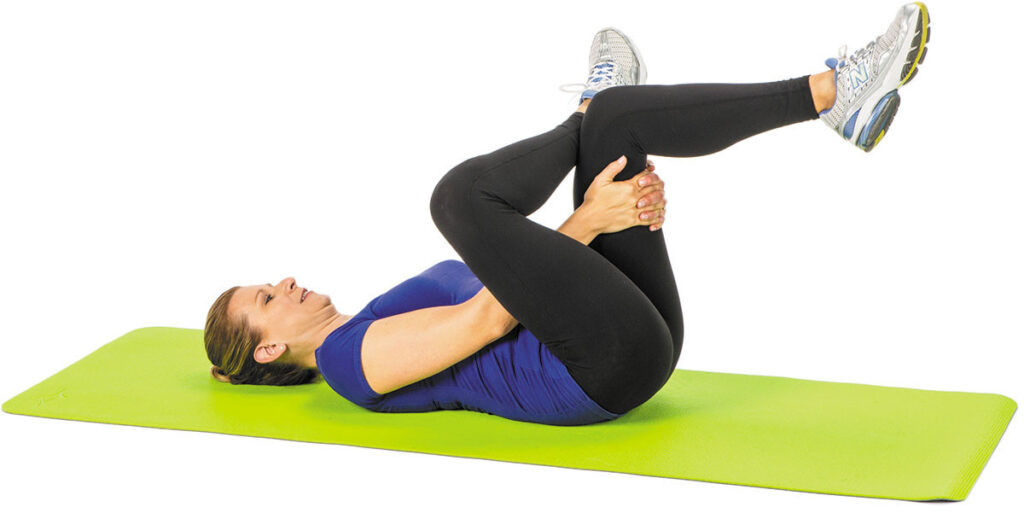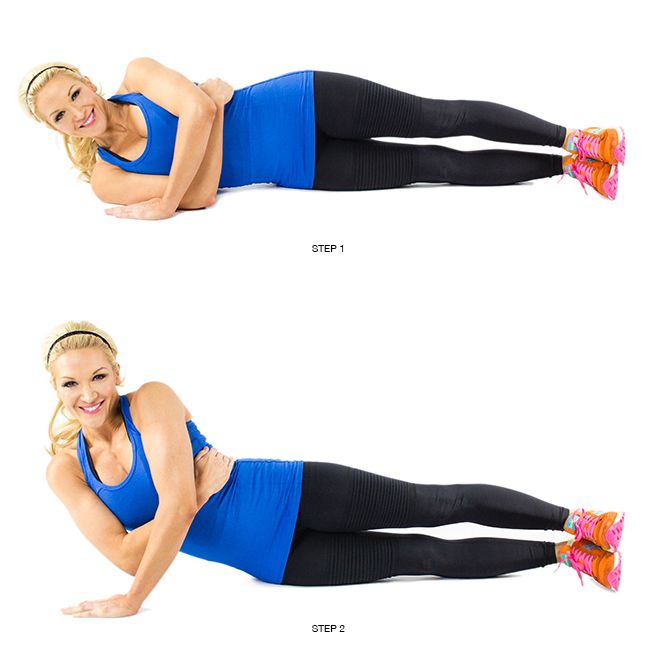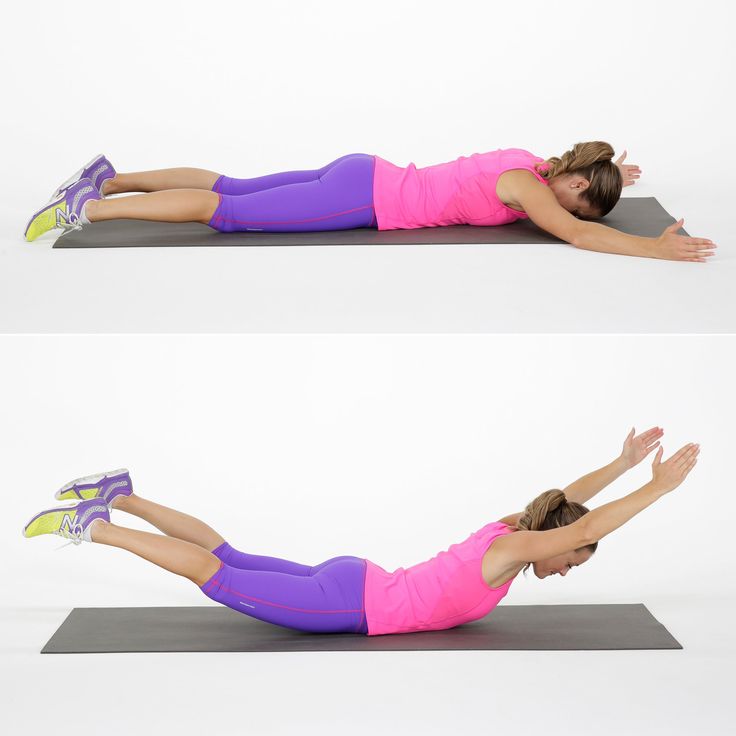Joint pain affects millions of people every year and is one of the most common reasons individuals seek medical care or reduce physical activity. Whether it’s due to aging, arthritis, injury, or an inactive lifestyle, joint discomfort can interfere with work, exercise, and even basic daily tasks.
Fortunately, a combination of natural remedies and targeted exercises can help manage joint pain effectively—often without the need for strong medications or invasive procedures. In this blog post, we’ll explore the causes of joint pain, simple remedies that provide relief, and safe exercises that support joint health.

What Causes Joint Pain?
Joint pain can stem from a variety of causes. Understanding the root issue is important for finding the right treatment approach.
1. Arthritis
This is one of the most common causes of chronic joint pain. Osteoarthritis, the wear-and-tear type, results from cartilage breakdown, while rheumatoid arthritis involves inflammation due to an autoimmune response.
2. Injury or Overuse
Sprains, strains, or repetitive movements can damage joint structures over time, leading to inflammation and stiffness.
3. Inflammation
Conditions like bursitis or tendinitis result in inflammation of the fluid sacs or tendons around joints.
4. Aging
As we grow older, the natural cushioning in our joints starts to wear down, often leading to discomfort and reduced mobility.
5. Poor Posture or Sedentary Lifestyle
Lack of movement can cause muscles around joints to weaken, which increases stress on those joints.

Natural Remedies to Relieve Joint Pain
Managing joint pain doesn’t always mean relying on prescription medication. Many people find relief through lifestyle changes and natural approaches. Here are some of the most effective methods:
1. Hot and Cold Therapy
- Heat helps relax stiff joints and muscles. A warm compress or heating pad can increase blood flow and reduce stiffness.
- Cold therapy helps with acute pain or inflammation. Ice packs can reduce swelling and numb the area.
2. Weight Management
Excess weight puts additional pressure on joints, especially the knees, hips, and lower back. Losing even a small amount of weight can significantly reduce joint strain.
3. Anti-Inflammatory Diet
Eating foods rich in antioxidants and omega-3 fatty acids can reduce inflammation. Some great choices include:
- Fatty fish (like salmon and sardines)
- Leafy greens (spinach, kale)
- Berries
- Nuts and seeds
- Olive oil
4. Supplements
Common joint-supporting supplements include:
- Glucosamine and chondroitin: Support cartilage repair
- Turmeric (curcumin): Natural anti-inflammatory
- Omega-3 fatty acids: Reduce stiffness and improve joint function
5. Massage and Physical Therapy
Regular massage can improve circulation and flexibility, while physical therapy provides personalized exercises to strengthen muscles and reduce pain.

Best Exercises for Joint Pain Relief
Exercise is often the last thing people with joint pain want to do, but gentle, regular movement is essential to keep joints healthy and functional. The goal is to strengthen the muscles around the joints, increase flexibility, and reduce inflammation.
Here are some joint-friendly exercises that can be easily added to your routine:
1. Walking
One of the simplest and safest forms of cardiovascular exercise, walking improves circulation, strengthens leg muscles, and helps maintain a healthy weight.
2. Swimming and Water Aerobics
The buoyancy of water reduces stress on joints while still allowing resistance to strengthen muscles. It’s an excellent option for those with moderate to severe joint discomfort.
3. Yoga
Yoga promotes flexibility, balance, and strength. It also helps reduce stress, which can worsen inflammation and pain. Start with gentle poses such as:
- Child’s Pose
- Cat-Cow Stretch
- Downward Dog (modified if needed)
4. Tai Chi
This low-impact martial art focuses on slow, controlled movements and deep breathing. Studies have shown Tai Chi to be particularly beneficial for people with arthritis.
5. Strength Training
Building muscle around joints supports them and reduces pressure. Use light weights or resistance bands and focus on proper form.
Try exercises like:
- Wall sits (for knees)
- Seated leg raises
- Arm curls with resistance bands
6. Stretching
Regular stretching helps maintain flexibility and range of motion. Focus on major muscle groups, especially around affected joints. Hold stretches for 20–30 seconds without bouncing.
Tips for Exercising Safely with Joint Pain
- Start slow: If you’re new to exercising, begin with low-intensity movements and gradually increase.
- Warm up and cool down: Gentle movements before and after exercise reduce risk of injury.
- Listen to your body: Pain is a signal. If something hurts, stop and modify the movement.
- Use proper footwear: Supportive shoes can reduce stress on lower body joints.
- Stay consistent: Small, regular sessions are more beneficial than occasional intense workouts.
When to See a Doctor
While natural remedies and exercises are effective for many, it’s important to seek medical attention if:
- Joint pain lasts more than a few weeks
- You notice significant swelling or redness
- The joint is hot to the touch
- Your range of motion becomes very limited
These could be signs of a more serious condition that requires professional care.

Final Thoughts
Joint pain can be frustrating and limiting, but it doesn’t have to take over your life. Through a combination of lifestyle adjustments, gentle movement, and natural remedies, many people find significant relief—and even improvement in their overall mobility.
The key is consistency. Incorporating daily habits that support joint function, like stretching, walking, and healthy eating, can create long-term change without needing harsh medications or invasive treatments.
By taking proactive steps, you can manage your joint health naturally and continue to enjoy a full, active life.